Ten Major Anniversaries Worth Traveling For This Year
From Austria to the Appalachian Trail, there’s plenty to celebrate this year
/https://tf-cmsv2-smithsonianmag-media.s3.amazonaws.com/filer/d5/32/d53243bb-a1ba-40da-a6fc-ca61d01ca550/robben-island-view.jpg)
As you ponder travel destinations for the year ahead, consider looking back at history for inspiration. This year, some momentous anniversaries are fast-approaching, offering travelers a new celebratory or reflective lens on locales running the gamut from Venice to Cape Town to New Orleans. Celebrate the birth of a Brit Lit great with a brooding stroll across England’s moor country, or carol your way through a not-so-silent night in Austria’s Salzburg region this Christmas to celebrate 200 years of a world-famous hymn. Or if you’d rather step away into nature for a while, now’s also the perfect time to #findyourtrail 50 years after the founding of America’s National Trails System.
1. Founding of New Orleans — 300 years
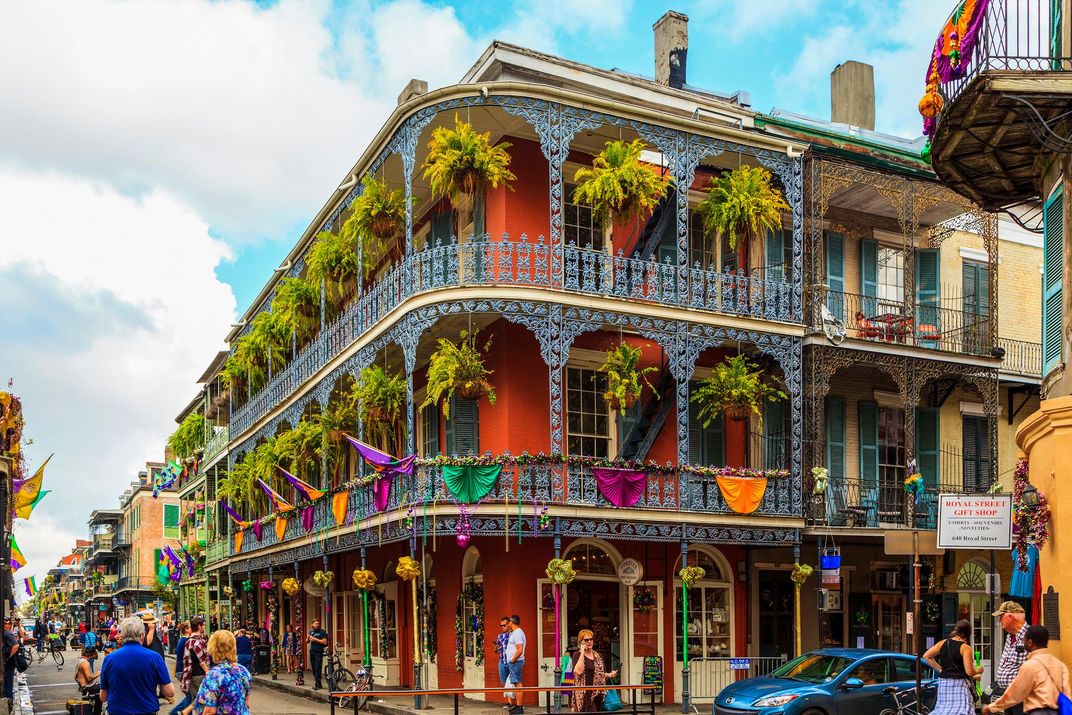
You can be sure the Big Easy will be partying hard this year: New Orleans is fast approaching the 300th anniversary of its 1718 inception. Founded by an ambassador of the enterprising French Mississippi Company as La Nouvelle-Orléans, the colony was ceded to the Spanish in 1763 following the Seven Years’ War. By the dawn of the 19th century, though, it was back in French hands, and Napoleon, whose dreams of a robust French presence in the New World had soured, sold the whole of France’s massive Louisiana territory (a.k.a. “New France”) to Thomas Jefferson at a primo price.
Since that storied 1803 transaction—the Louisiana Purchase—the city of New Orleans has grown to be a point of pride for Americans everywhere, a cultural bastion teeming with the best in distinctly American music (jazz, blues, rock, R&B, hip-hop), cuisine (Creole, Cajun, soul food, po’ boys, beignets) and spirit (Mardi Gras, French Quarter Festival, Satchmo SummerFest). Visitors to the city during this historic tricentennial year can expect an especially exuberant display of New Orleans love; the 2018 NOLA Commission convened by Mayor Mitchell Landrieu promises a wide selection of concerts, fireworks displays and general good times. A city-wide historical symposium is slated for early March, and at the end of the year, buildings all over New Orleans will be bathed in luminous art for the Art Council’s mesmerizing Luna Fête.
2. Birth of Tintoretto — 500 years
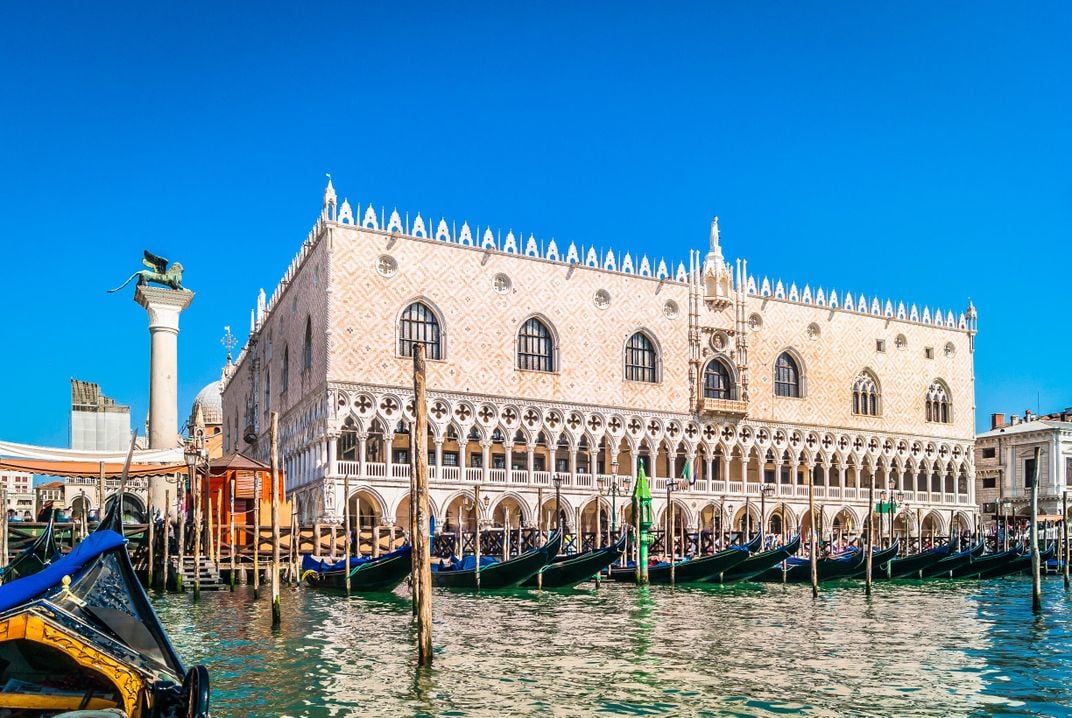
Connoisseurs of late-Renaissance art have a fabulous excuse to fly to Italy this year: the beloved Venetian Mannerist painter Tintoretto was born 500 years ago, in either September or October. The son of a silk dyer, or tintore, Jacopo “Tintoretto” Comin gained a reputation for his astonishing work ethic and technical sophistication.
Drawing on the Mannerist movement sweeping Europe during the latter half of the 16th century, Tintoretto injected asymmetry and subtle stylistic distortion into his compositions. But as a lover of Venice—a city from which he rarely strayed during his life—he also embraced fully the vibrancy of Venetian School painting, which tended to prioritize rich color contrast. By welcoming both of these inspirations, and suffusing his work with arresting light and shadow play, Tintoretto carved out a distinct niche for himself in the art world, and produced such immortal treasures as Miracle of the Slave (1548) and Christ at the Sea of Galilee (c. 1575-1580).
In recognition of the artist, who is seen as a hero by Venetians, the group Save Venice Inc. (“Dedicated to preserving the artistic heritage of Venice”) will be throwing an eventful Tintoretto 500 Celebration Weekend from October 5-7. Visitors are invited to partake of an additional two-day trip to the Veneto countryside once the weekend festivities have concluded. The non-profit Venezia Arte is hosting monthly Tintoretto-themed tours of Venice as well, and on September 7, the comprehensive exhibition Tintoretto: The Artist of Venice at 500 will make its debut at the Doge’s Palace.
3. Death of Blackbeard — 300 years
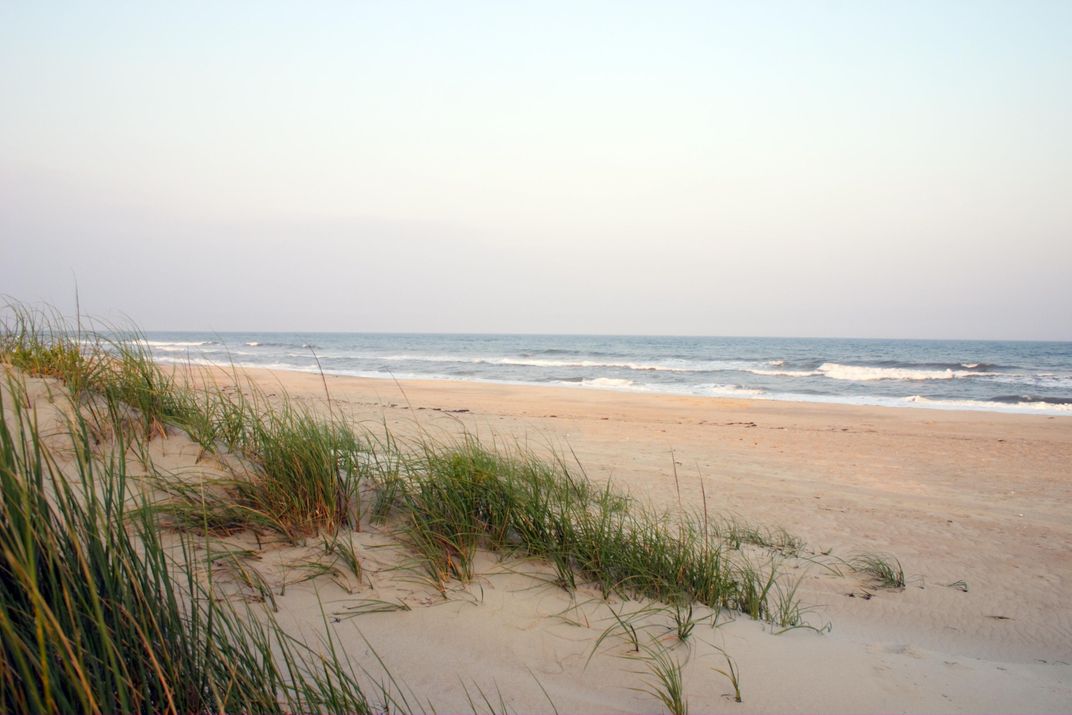
Early on the morning of November 18, 1718, Royal Navy lieutenant Robert Maynard mounted a brazen ambush of the elusive pirate Blackbeard, whose sloop Adventure was moored at Ocracoke Island in North Carolina. Caught unawares, the infamous sea wolf, a.k.a. Edward Teach, nonetheless managed to put up serious resistance after cutting his anchor line and bringing his cannons to bear against the small Navy vessels Maynard had deployed.
A perfectly timed broadside from Blackbeard wreaked havoc on the British ships, nearly thwarting their mission. Maynard, however, persisted in his approach, advancing on Blackbeard’s cornered Adventure despite numerous crew casualties and a lack of backup. Ultimately, Maynard pressed the pirate and his men into a full-on brawl on the deck of Maynard’s Jane, which ended with Blackbeard shot up and sword-sliced all across his body. Maynard’s crew relieved the dead man of his head, carrying it off on Jane’s bowsprit as proof of their achievement.
2018 marks the 300th anniversary of this storied encounter; North Carolina is without a doubt the place to be for pirate enthusiasts this year. Stroll the wild, undeveloped beaches of Ocracoke Island’s Cape Hatteras National Seashore, break a sweat in the Blackbeard Half Marathon on April 29, or join Blackbeard's Pirate Jamboree in late October, which promises a “historically accurate pirate encampment” and a reenactment of Blackbeard’s final battle. Artifacts from Blackbeard’s sunken flagship, the Queen Anne’s Revenge, will also be touring museums and other public North Carolina venues across the entirety of 2018, and the North Carolina Maritime Museum in Beaufort will be offering young kids a thematic pirate adventure all their own.
4. Birth of Emily Bronte — 200 years

Brit lit buffs may know that Emily Bronte, the Bronte sister who most notably authored Wuthering Heights, was born 200 years ago, on July 30, in a village called Thornton Market Street. An insular animal lover, Bronte shocked Victorian audiences with her dark, gritty novel, a tale of base lust and impassioned violence set against the stark backdrop of English moor country. Many period critics were scandalized that anyone could produce such an unflinchingly dark book, let alone a seemingly mild-mannered woman.
Wuthering Heights, which has since spawned numerous movies, TV series and additional works of written fiction, was fated to be Emily Bronte’s first and only novel. She caught a nasty cold at her brother Patrick’s 1848 funeral, one which rapidly worsened, opening the door for tuberculosis. Repeatedly refusing the aid of a physician (she distrusted doctors), a consumptive Emily went on to die in her bed, aged 30. Wuthering Heights was published only one year prior, under the nom de plume Ellis Bell.
British actress and entrepreneur Lily Cole will be helming Emily Bronte bicentenary festivities at the Bronte Parsonage Museum, located in the sisters’ former West Yorkshire residence. Cole will be conducting and presenting an analysis of the real-life inspiration for the Heathcliff character in collaboration with London’s Foundling Museum. Patience Agabi, Kate Whiteford and The Unthanks, meanwhile, will pay poetic, painterly and musical tribute to Emily. More details will emerge as the date draws nearer.
5. First performance of "Silent Night" — 200 years
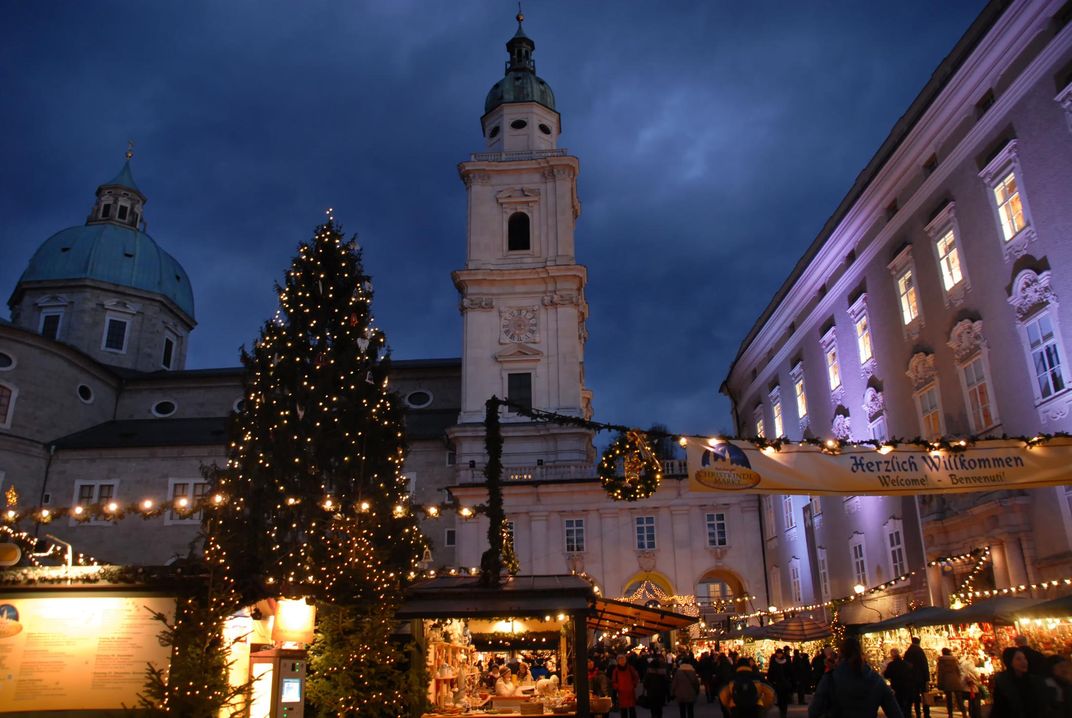
Carolers who swear by the ethereal majesty of the classic noel “Silent Night” will be delighted to know that the song made its debut two centuries ago this coming Christmas Eve. The piece was first performed by pastor-turned-lyricist Joseph Mohr and teacher-turned-melodist Franz Xaver Gruber in the Austrian town of Oberndorf, just north of Salzburg.
It wasn’t until 1832 or so, 14 years later, that the six-stanza German-language carol (originally called “Stille Nacht”) surged into the mainstream. Following a public performance in Leipzig, Germany, the tune took off across Europe. In 1873, “Silent Night” made it to the New World, washing up on American shores under the uninspired title “Chorale of Salzburg.” Now we know it by its proper name, and continue to bask in its beautiful simplicity—three verses’ worth, anyway.
To celebrate the origins of the globally popular hymn, 13 separate locations in Austria will be putting on dedicated museum exhibitions, an original play and a multitude of other events designed to introduce visitors to “the land of Silent Night.” If you fancy a white Christmas spent nibbling Lienz gingerbread, cider biscuits and chocolate pralines in a historic setting, Austria would be a fine pick this year.
6. Birth of Frederick Douglass — 200 years

Of all the 19th-century voices that argued for abolition in America, few if any were as crisply compelling as that of Frederick Douglass. Douglass, born into slavery c. February 1818 under the name Frederick Bailey, spent his early childhood on a Maryland plantation with his grandmother. At age 8, he was wrested from her, as he had been from his mother before her, and sent off to Baltimore to be a domestic servant. As he grew, Bailey managed to surreptitiously educate himself, and in 1838 he fled to New York, assuming the alias Douglass. Following a rousing impromptu speech at an 1841 convention in Massachusetts, Douglass rose to national prominence as an orator and advocate of African American emancipation. He also came to be a fierce champion of women’s rights.
Douglass’s firsthand perspective on slavery was inspiring and unbelievable to those who heard him and read his newspaper, The North Star. (Some literally disbelieved at first that a man so eloquent could have been born into bondage.) He came to be a trusted adviser of President Lincoln’s, stressing the centrality of the slavery issue to the conflict rocking the nation, and his philosophy of peaceful protest and political persuasion paved the way for more modern Civil Rights leaders like Martin Luther King, Jr.
To celebrate the rich life of this true American hero, consider making a trip to Baltimore this year and visiting the Reginald F. Lewis Museum of Maryland African American History & Culture. Exhibits in the museum honor Douglass year-round, and a special set of activities is planned for the afternoon of Saturday, February 10, in honor of the bicentenary. Additionally, hour-long Frederick Douglass Path to Freedom Walking Tours will be held every day through September 3. You can register for the city walks by phone or email.
7. Birth of Karl Marx — 200 years

Few thinkers have influenced the geopolitical landscape to anywhere near the extent that Prussian polymath Karl Marx did with his theories on labor and industry and his articulation of the communist ideal. The author of 1867’s Das Kapital and co-author (with Friedrich Engels) of 1848’s landmark political pamphlet The Communist Manifesto, Marx was a deft writer and a commanding orator.
He contended that lowly proletarian workers would inevitably rise against their bourgeois oppressors, seizing the means of production and wresting from the wealthy control of the course of history. His ideas gave rise to the Russian Revolution, and eventually to the proliferation of various brands of “Communism” across the globe in the tumultuous years of the Cold War. Marx was born on May 5, 1818, 200 years ago this spring.
From this May 5 through October 21, visitors to Europe will have the chance to take in a massive exhibition devoted to Marx and his legacy at the Karl Marx House museum in Trier, where he was born and raised. The historic city is part of modern-day Germany. Hamburg will also be marking the anniversary with an exhibition at the Work Museum on the lasting impact of Das Kapital and its own presentation of Marx’s life and times.
8. Birth of Nelson Mandela — 100 years
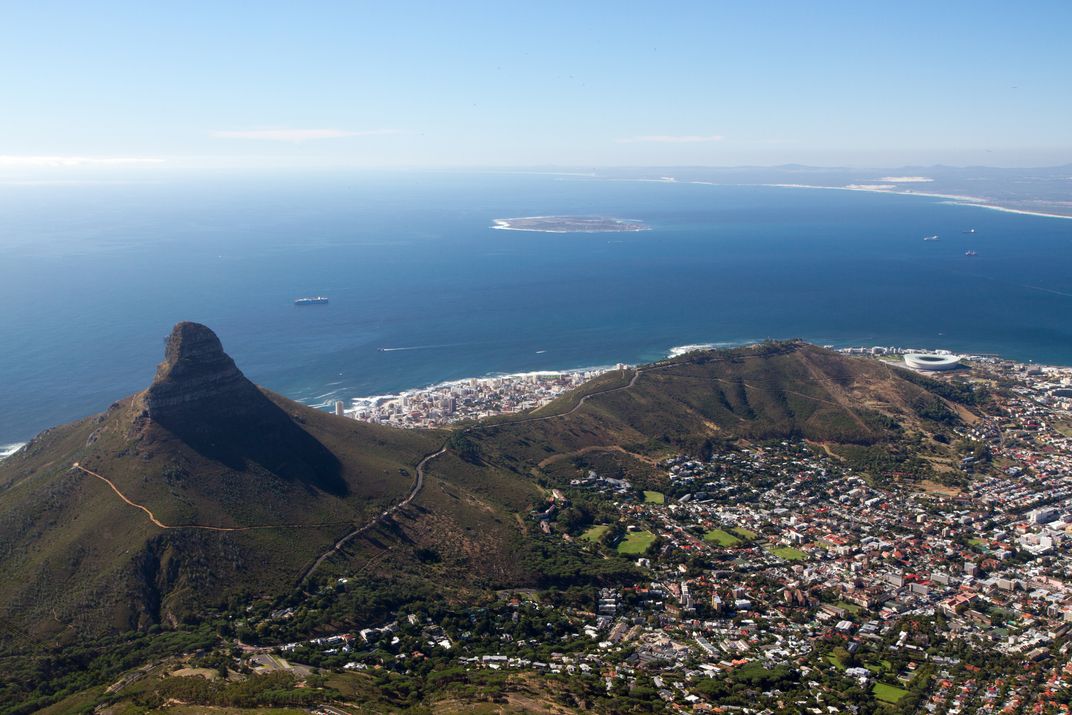
Nelson Mandela, now internationally renowned for his wide-ranging humanitarianism and leading role in the peaceful diplomatic dismantling of South Africa’s segregationist Apartheid program (for which he earned a Nobel Peace Prize), was born into a prominent family in the Xhosa-speaking Thembu nation 100 years ago this July 18. Though he could easily have laid claim to a position of power among the Thembu, Mandela opted instead to study law, and to focus on the treatment of South Africans more broadly.
Mandela’s outspokenness against the Apartheid regime, which had been legally encoded by the descendants of Dutch settlers as early as 1949 (when the Prohibition of Mixed Marriages Act made black-white marriage a criminal act), was met with vengeful resistance. Once Mandela’s opponents were able to link him to an antiestablishment sabotage campaign, they sent him off to prison, where he spent 27 years. His allies were only inflamed by this, and agitation mounted. After a time, South Africa’s white president F.W. de Klerk smelled change on the wind, and ordered Mandela’s release. The two of them then brokered an official end to Apartheid.
Mandela went on to take up additional causes on the world stage, raising awareness of the HIV/AIDS crisis and giving a voice to those living in poverty. Those looking to engage with the legacy of this singular civil rights leader in 2018 can look forward to this year’s Ihlombe! South African Choral Festival, which will take place across four of South Africa’s most major cities from July 1-20 and remember Mandela through song. Plus, a new free-to-use mobile app called Mandiba’s Journey will steer visitors to South African sights tied to Mandela’s eventful life.
Robben Island, the brutal prison where Nelson Mandela was incarcerated for 18 of his 27 years behind bars, remains a powerful testament to his resolve. The guided tour takes visitors to the limestone quarry where Mandela and other political prisoners were forced to dig rocks for the prison roads and to Mandela's 7-by-9-foot cell.
9. End of World War I – 100 years

Armistice Day, November 11, has long served as a time for thoughtful remembrance in those nations that had a part to play in the sound and fury of the First World War. On November 11, 1918, terms signed in Compiègne, France brought a formal end to over four years of bloody conflict. Characterized by grueling trench warfare, relentless artillery bombardments and the use of deadly machine guns and noxious gas, the so-called War to End All Wars, brought on by political scrambling in the wake of the assassination of Austrian Archduke Franz Ferdinand, left deep scars on the landscape of Europe, as well as the psyches of its inhabitants.
As the former Allies of World War I mark the centenary of the war’s resolution this year, they invite natives and pilgrims alike to attend any of a host of commemorative ceremonies, religious services and museum exhibitions taking place across Europe. In England, the Imperial War Museum’s "Making a New World" display will examine the deadly new technologies and other advancements of World War I that fundamentally altered life on Earth. In France, a service at the Amiens cathedral, which has stood since the year 1300, will reflect on the pivotal Battle of Amiens, which initiated the Hundred Days Offensive that ultimately ended the war. And if you wish to revisit the war from a soldier’s perspective, sites like Sanctuary Wood in Ypres, Belgium, give you the chance to walk century-old trenches and get up-close views of combatants’ weapons, ammunition, uniforms and personal keepsakes.
It is sure to be a bittersweet anniversary, as descendants and rememberers of World War I combatants gather to celebrate the peace of November 1918 while also reflecting on the precipitous cost at which that peace came.
10. Creation of the National Trails System – 50 years
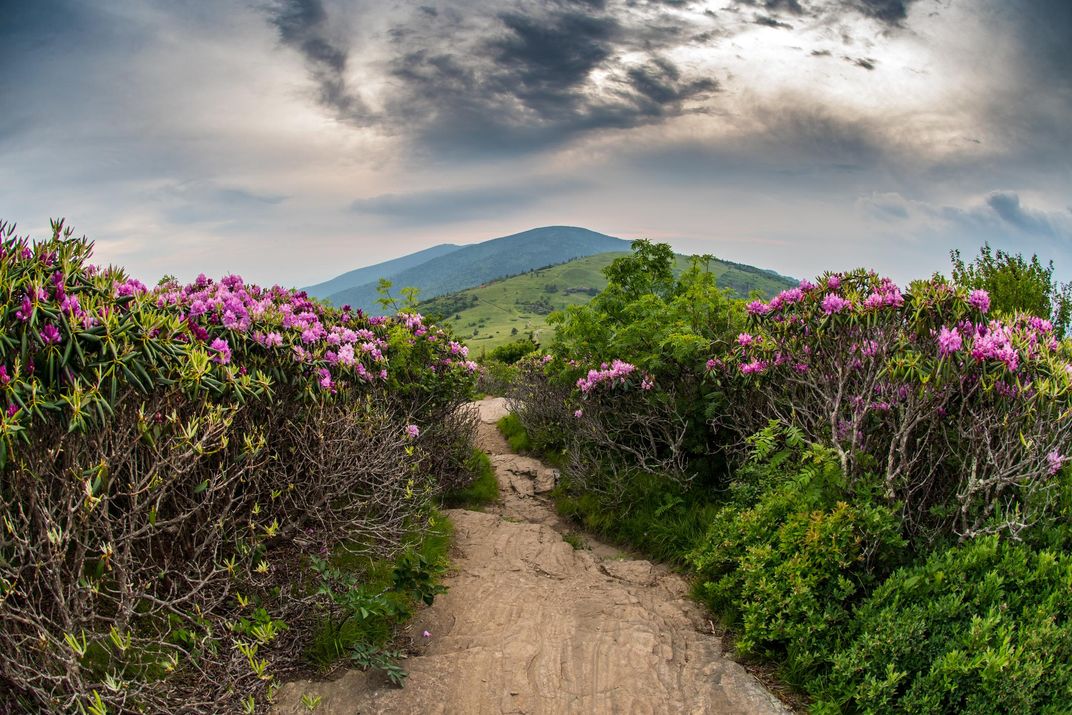
Whether you’re a veteran traveler on America’s nature trail network or a greenhorn looking to step away from the technological world for a weekend, 2018 is an excellent year to take a hike. The National Trails System Act, which formally created the nationally administered system of scenic trails we enjoy access to today, was passed into law 50 years ago this October. The therapeutic power of extended nature hikes is reflected in the testimonies of many who have made the effort, perhaps most notably in recent years the memoirist Cheryl Strayed, whose bestselling book Wild (and the associated film) tracks her northward journey over 1,100 miles of the West Coast’s sweeping Pacific Crest Trail.
Whether or not you’re inclined to brave the mammoth Pacific Crest Trail (2,660 miles) or the East Coast’s Appalachian Trail (2,200 miles)—the two oldest National Trails—or the Continental Divide Trail cutting through the western mountain states (3,100 miles), there’s guaranteed to be a trail somewhere with your name on it. America’s scenic nature trails are sure to be teeming with human life this year as folks across the country celebrate the anniversary. Hikers are encouraged by the National Park Service to share stories of their travels with the spirited hashtag #findyourtrail.
Planning Your Next Trip?
Explore great travel deals
Smithsonian magazine participates in affiliate link advertising programs. If you purchase an item through these links, we receive a commission.
/https://tf-cmsv2-smithsonianmag-media.s3.amazonaws.com/accounts/headshot/DSC_02399_copy.jpg)
/https://tf-cmsv2-smithsonianmag-media.s3.amazonaws.com/accounts/headshot/DSC_02399_copy.jpg)